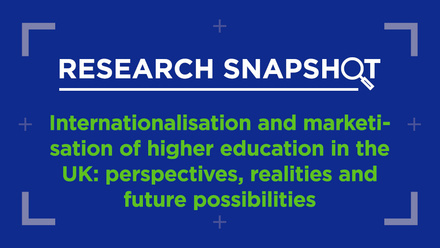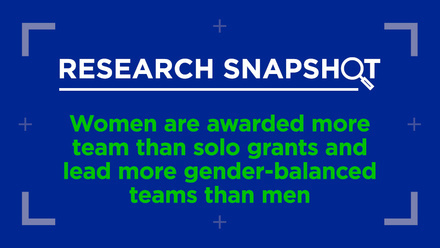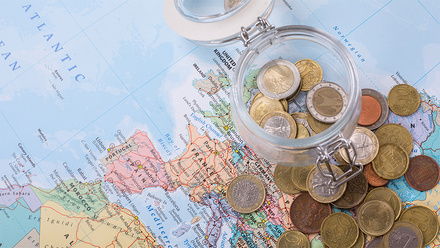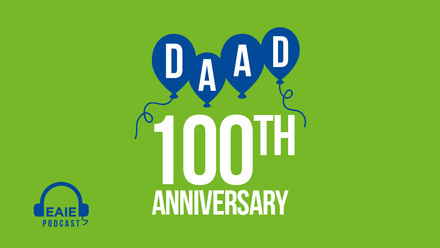5 paths toward increasing India-EU cooperation
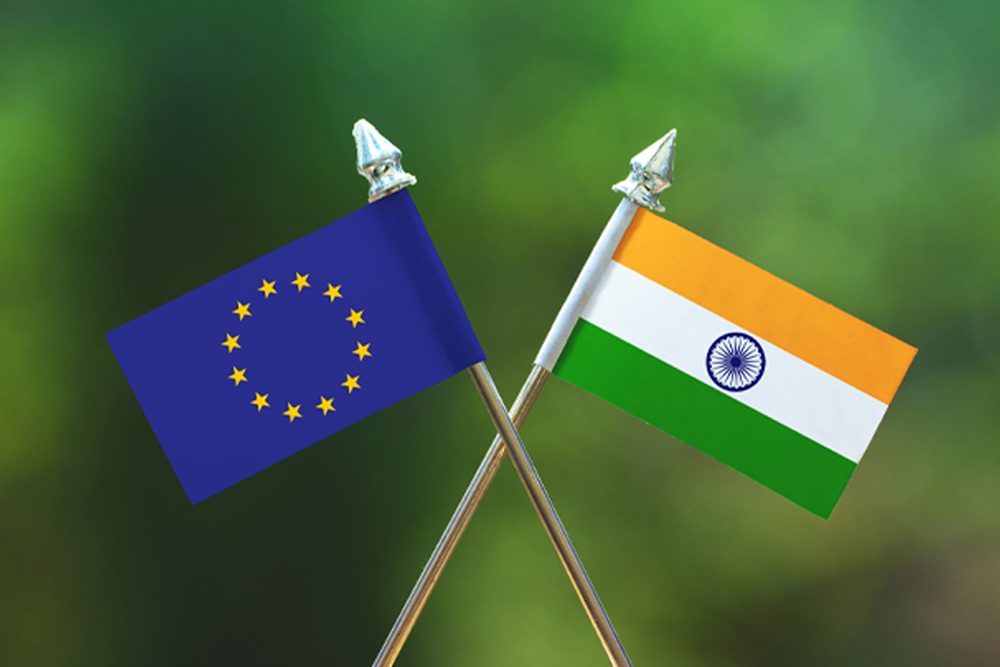
When one speaks of Indian higher education and internationalisation, the phrase ‘one-way traffic’ might come to mind, as over the years one has observed how young Indians have gone in search for higher education and better opportunities overseas. However, higher education institutions around the world undeniably have to cooperate and learn from each other to benefit the global knowledge society.
As such, the stage is ripe for Indian higher education institutions to commit to collaborating across borders. Europe’s more than 4000 universities, supported by initiatives like Erasmus+, make excellent candidates for such constructive collaborations with Indian institutions.
The Indian higher education establishments and leaders have started making the right noise in saying that we need a policy to encourage internationalisation of Indian higher education. The Foreign Education Bill – currently deskbound in Parliament – will one day hopefully see the morning sun. In the meantime, the coffee beans are brewing, and the aroma should reach European institutions, hopefully luring them out to work together with Indian institutions and pave a new path towards collaborative learning.
1. An Indian-European Credit Transfer and Accumulation System
The ‘New India’ wants to meaningfully promote itself as a study destination to students and researchers from overseas. Currently the numbers of students preferring to come to India are negligible and they are predominantly from our neighbouring countries, which cannot be truly termed ‘global’. This is a chance for European institutions to methodically get involved in accelerating student and faculty mobility, which should lead to establishing international partnerships for research and cross-border delivery of higher education programmes. This would require policy interventions to establish clarity on both ends by easing the processes through which institutions can enrol students.
As an outcome of the Bologna Process, the EU established and developed the European Credit Transfer and Accumulation System (ECTS), which has been very efficient in facilitating mobility of students across Europe. One might look at developing an Indian-European Credit Transfer and Accumulation System, with the possibility of carrying credits across institutions in multiple European countries. Considering that every year more than 50,000 Indian students are looking to Europe for higher education and this number is mounting appreciably, a tool like ECTS could facilitate mobility of European students to India too.
2. Establishing quality assurance frameworks
For Indian universities to become international, one of the most imperative parameters is to develop a quality assurance agency of international standards. Here Europe can play a noteworthy role, as European institutions have an established scheme of quality assurance in higher education, which is a tried and tested model.
Europe may be the second-smallest continent but it has world-leading universities with top facilities and inspirational teaching, resulting in some of the world’s best educational institutions. Even when it comes to global rankings, European institutions represent about 40% of those included in the list. The European Association for Quality Assurance in Higher Education contributes to the development of quality assurance in higher education across the Bologna signatory countries, which can either be extended to India or a new model can be established along those lines.
3. Twinning programmes
Collaboration amongst European and Indian institutions needs to be facilitated by aggressively engaging with twinning programmes – a programme of study whereby students enrolled with an Indian educational institution may complete their programme of study partly in India and partly in the main campus of a European institution, and vice versa. Since the duration of undergraduate and graduate courses can be different in different European countries, a process needs to be set by India and the EU involving the national agencies with a mandate to suitably provide mutual recognition to the degrees awarded by both Indian and EU institutions.
The Indian government is also planning to include global immersion experience for Indian students through short-duration visits to reputed universities abroad. The European institutions can tap into this through the International Credit Mobility scheme of the Erasmus+ Programme and make it attractive for Indian staff and students to come for training, semesters abroad and work internships and gain internationally-accredited academic qualifications.
4. An India-EU study portal
When Indian students, researchers and higher education institutions are considering engaging with Europe, there is not a single platform or office they can go to for all the relevant information. In the era of digital technology and apps, it is high time for a complete database of higher education institutions in Europe to be created. The database should incorporate elements about the individual institutions, the country, number of students, international students, students from India, level of courses, courses taught in English, scholarships, and partnerships between institutions, as well as information about research and funding.
In a nutshell, this should act as one-stop-shop for students, researchers and institutions looking for collaboration and partnerships. One could thus develop an India-EU Study Portal.
5. Profiling European institutions in India
Finally, European higher education institutions should take collective steps to make themselves available and visible in the landscape of Indian higher education. They have been engaging with India but the effort has been fragmented, resulting in reduced influence. The strength of the European Higher Education Area is when all parties come together to deliver on long-term common goals. European institutions – with their diverse and intriguing range of regions, cities, cultures and languages – should regularly engage through visit programmes, fairs, virtual fairs, one-to-one meetings with students, institutions and the government. This could also lead to, for example, ministerial visits to engage with the government of India and exchange good practices.
So the moment has come for the European higher education to start constant outreach with Indian institutions as India continues to internationalise! The time is now.

